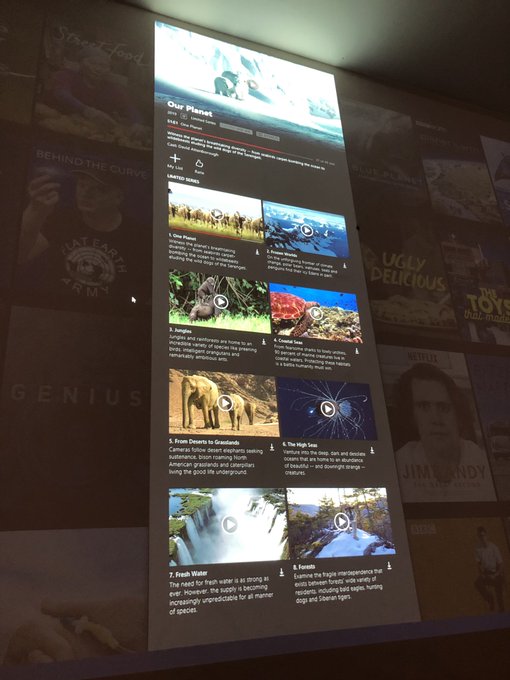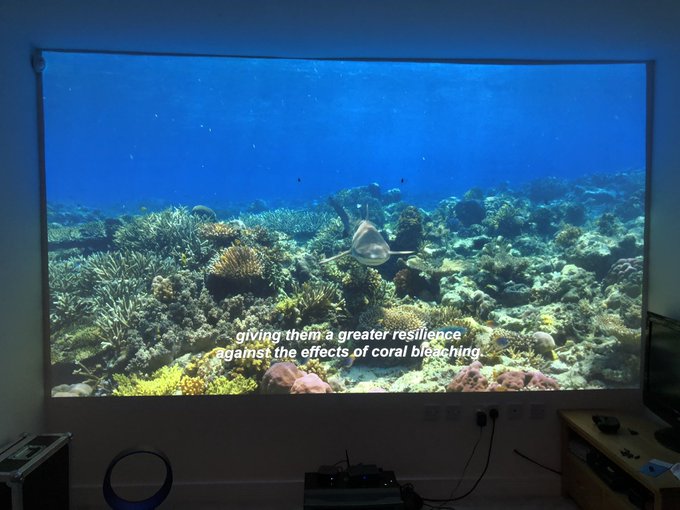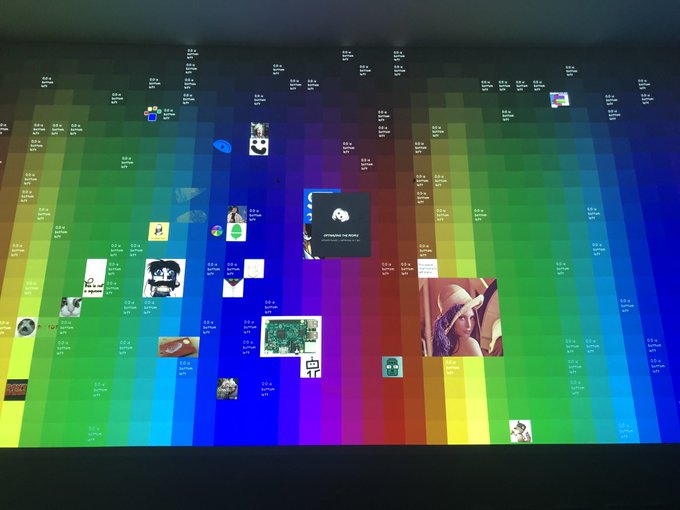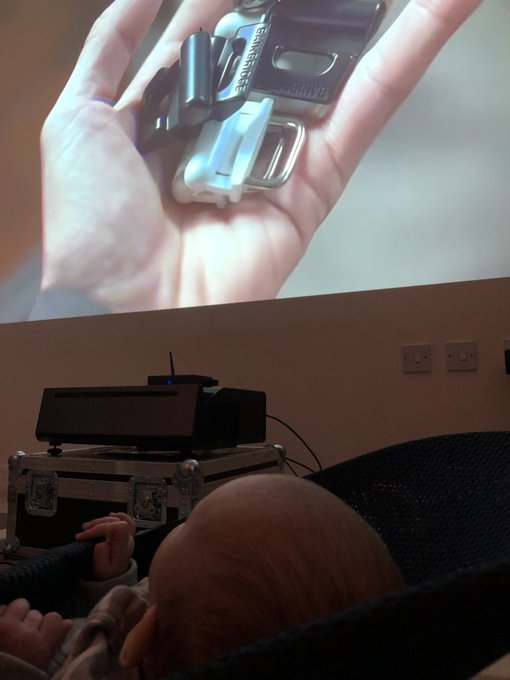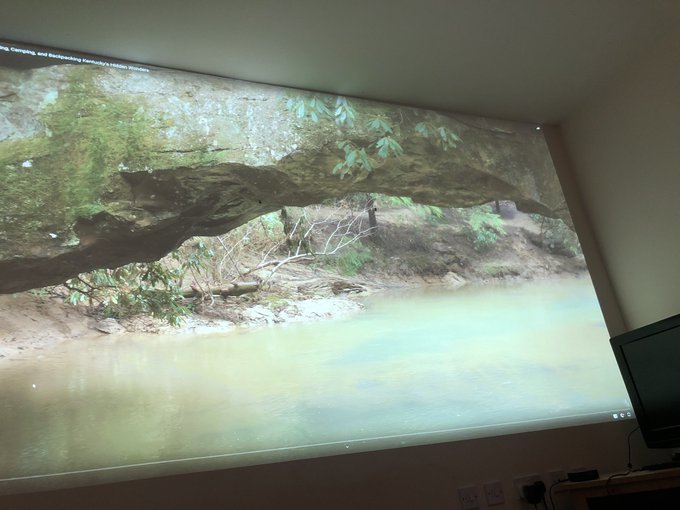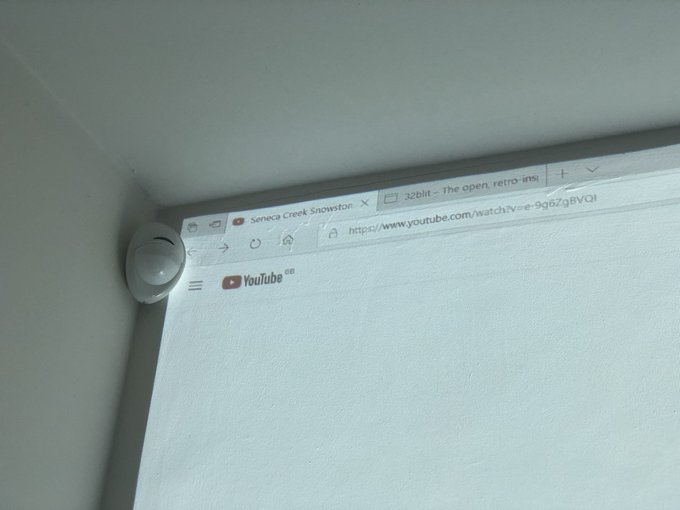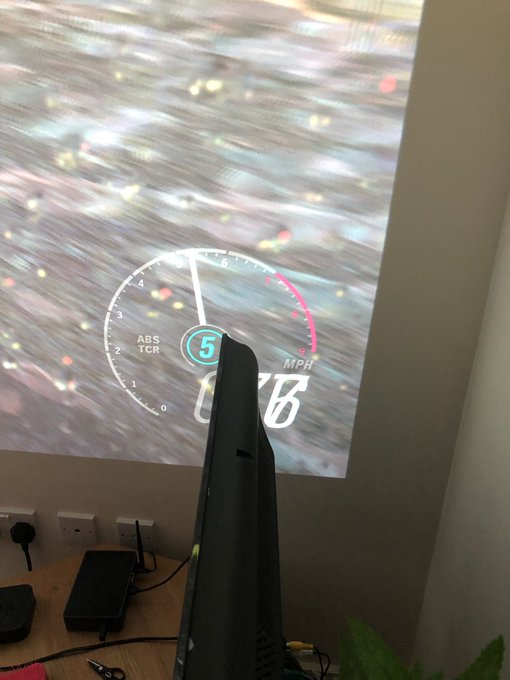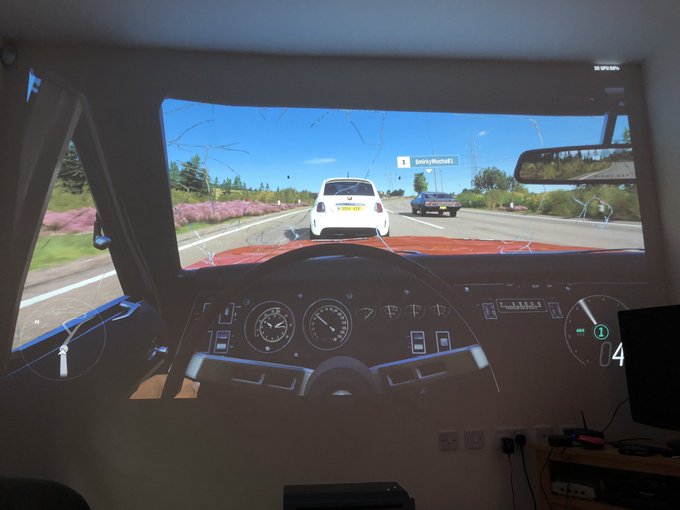Dell S718QL 4K HDR Short-Throw Projector Reviewed
I had the pleasure to test the Dell S718QL and while it’s something I could never seriously hope to own as part of a home cinema setup, it very quickly sold me on the benefits of short-throw projection versus the classic back-of-the-room-over-the-shoulder approach.
Now I’ll be the first to admit I’m no expert in projectors. I’m stepping out of my comfort zone here, and the last projector I tested was some 10 years ago. This will be more of a subjective experience than an objective or comparative test, so strap in and get ready for me to wax lyrical about this glorious piece of hardware.
Let’s get the first elephant out of the room. The price. The Dell S718QL is – at time of writing – listed at a whopping £4,312.45 on their own website. The “Original Price” is quoted at £5,469.60 and I’ve seen it listed for as “little” as £3,500. Unless you’re a business with immediate needs and cash to burn, don’t pay anything more than £3,500 for one of these. Dell’s prices yoyo up and down with reckless abandon, so take advantage of this.
The second, less obvious elephant, is that I tested this at home, pointing at my living room wall, and it’s not really a consumer projector. Not because it isn’t perfectly appropriate for such uses, but because it’s big. Really big. Obnoxiously big. You’re going to need to devote a meter of your living room to a long, low AV unit to place this on and if you want a completely obscene floor-to-ceiling cinema screen to make your eyes melt and your jaw drop that AV unit should only be about 8 inches tall.
So crisp! pic.twitter.com/N1wmCVf3Jm
— Phil Howard (@Gadgetoid) June 4, 2019
I’m not kidding. With the S718QL sat on top of a criminally ancient media center PC on the floor I was able to cover my entire wall from corner to corner – excepting a couple of inches around the edges and a couple of feet at the bottom – in glorious projected screen. Indeed if you look around Google image search for projector screens you should quickly happen upon a short-throw projector sat on a low coffee table… this clearly isn’t an unusual problem or setup and I’d wager many – in their need for a taller AV unit that accommodates the projector and video source – aren’t taking advantage of their short throw projector’s full potential.
Managed to eliminate keystone and got the screen even bigger! pic.twitter.com/gUtoxWsy8m
— Phil Howard (@Gadgetoid) June 4, 2019
What I noticed immediately with this setup, apart from its jaw-dropping awesomeness, was that to do this properly I would have to invest heavily on a good quality projection surface. Not only was my wall peppered with bumps and holes that I’d hastily filled with Decorator’s Caulk, but the rough painted surface tended to scatter and reflect the light and really made a hash of the contrast. In fact the screen was so big and so bright that it lit up adjacent walls and the ceiling – sort of like ambilight – generally washing itself out somewhat even in a darkened room at night.
Still using my GitHub crowdsourced wallpaper ? pic.twitter.com/f1dQmBWfZu
— Phil Howard (@Gadgetoid) June 2, 2019
It’s important to note that even in daylight, and even with this issue, the screen was still mighty impressive and it’s very easy to ignore a lowered contrast when you’re staring at a screen as tall as you are. In an ideal setup these reflections and scattering would be mitigated by a proper screen. A fixed-frame screen and a less-ambitious screen size would have worked well, but this leads into another quirk of this projection technique.
Smol person riveted by @hundredrabbits ? pic.twitter.com/vf6hGq0YJC
— Phil Howard (@Gadgetoid) June 3, 2019
Short-throw projection is uniquely confusing in the fact that moving the projector closer to the wall results in a larger screen. Generally you want the projector as close to the wall as possible to avoid intruding on your living (or working) space, but sometimes the sheer size of the projection area makes it difficult to take full advantage of the short throw design. Moving the projector away gives a smaller, more manageable screen size but quickly starts to intrude upon the room and make a nuisance of itself. If you’re seriously considering one of these projectors for a home or office then I’d suggest looking at ceiling mounting it. The S718QL has built-in support for this configuration and will happily flip the image for you. Integrated into the ceiling, the problems of distance from the wall, and height from the floor melt away allowing you to position the projector exactly where you need it for optimal screen size. It’s also near impossible for someone to stand up and block the projection screen, so if you’re considering multi-row cinema style seating you can go all-out and build yourself steps for the best viewing experience and never have to worry about the silhouette of someone getting up to pee or grab another gin & tonic.
No need to actually go outdoors ? pic.twitter.com/0Td0v4eQUz
— Phil Howard (@Gadgetoid) June 3, 2019
4K is high density enough to make a floor-to-ceiling screen work, too, and it resulted in a surprisingly usable Windows desktop. Granted I had to crane my neck and squint a little to interact with anything toward the top of the screen but the immersiveness of such a setup is beyond compare. The picture remained sharp into the far corners, even projecting behind a PIR sensor mounted on wall. The sharp-angle short-throw setup is definitely some kind of magic.
Sharp right to the corners too! pic.twitter.com/uM7QUR6AkZ
— Phil Howard (@Gadgetoid) June 4, 2019
It even threw a picture behind my TV, which I had to shove awkwardly in the corner of the room:
It’s still throwing a picture behind my TV… pic.twitter.com/czzZD2mbZz
— Phil Howard (@Gadgetoid) June 1, 2019
Since the S718QL is a laser projector it’s quick to start up, although the UX for turning it on isn’t great. It seems to require a double-press of the power button, the latter press will cause it to emit a piercing “I am on” beep which – try as I might – I couldn’t find a way to disable.
If you’re looking at a 5K 4K projector that you’d be lucky to pick up for 3K then you’ve probably already got a game plan for obtaining content to play on it. Since the projector itself is shy on smarts- apart from some wireless content transmission features I didn’t get the chance to play with – my setup was limited to Netflix and YouTube as content sources, and a small Azulle Byte3 mini PC to drive the 4K screen. I took the plunge and upgraded my Netflix to “Ultra HD” while I could take advantage of it. The results were pretty incredible and at this screen size (my entire freakin’ wall) there was a clear difference between 1080p and 4K content.
How in the sweet name of Jesus did they film this!? It’s mind melting. pic.twitter.com/uH6TbyghxY
— Phil Howard (@Gadgetoid) June 2, 2019
Perhaps the most fun to be had on a screen this size, however, was gaming. My Razer Blade with a GTX1060 was somehow powerful enough to run Forza at 30Hz 4K. I know a lot of people would baulk at such lowly framerates, but it was more than enough for my terrible driving.
Just drove through like 5km of stone walls like they were nothing ? pic.twitter.com/pJNx617X0G
— Phil Howard (@Gadgetoid) June 1, 2019
Gaming is as exhilarating as it is nauseating and, I’m not gonna lie, I spent far, far too much time playing Forza Horizon 4 on this thing, running up more lamp hours than every previous reviewer combined. Using nothing but the built-in speakers and an Xbox One controller while sitting on the floor and giving myself neck-ache didn’t give me the most well-rounded of racing setups but it was silly good fun.
Just drove through like 5km of stone walls like they were nothing ? pic.twitter.com/pJNx617X0G
— Phil Howard (@Gadgetoid) June 1, 2019
This is my life now bring food I’m locking myself in pic.twitter.com/OAUMPRjayb
— Phil Howard (@Gadgetoid) June 1, 2019
Overall the Dell S718QL was a glorious piece of hardware to play with, but I don’t think it’s particularly well suited for a home environment. At least not a modest-sized urban home. The built-in speakers do a good-enough job of audio for casual gaming, TV watching and movie-viewing but the fact remains the screen-size is absurdly overkill for these things. I mean, it was literally my entire wall almost from corner to corner and floor to ceiling making it rather like standing in my own miniature iMax. Once set up with a proper screen to project on and positioned a suitable distance from the wall the thing is a veritable living-room hog and I’m pretty sure it’s much more likely to find its home on a heavy duty Ikea stand at the end of a conference table and destined to live its life as a purveyor of slideshows and bar charts. Albeit to be fair it would be great in a small video agency for screening campaign videos and the occasional round of beers and PS4- couch co-op is still just hanging in there, right?
